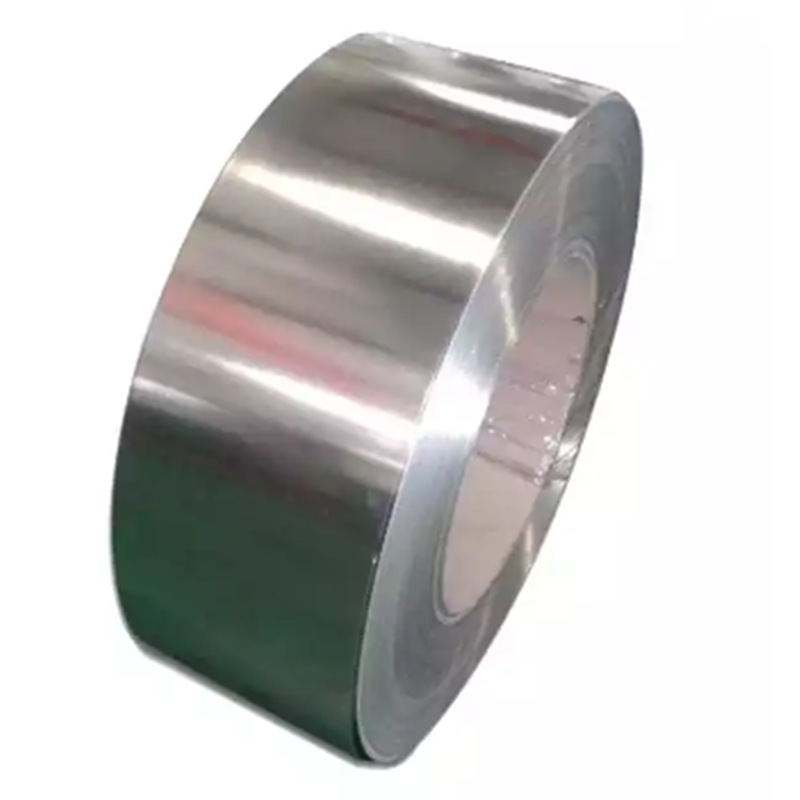
Oct . 22, 2024 10:28 Back to list
Water-Resistant Tin Can Production for Effective Beverage Packaging Solutions
The Evolution and Impact of Water Tin Can Manufacturing
In an age where environmental sustainability and resource conservation are pivotal, the demand for innovative packaging solutions continues to rise. Among these, water tin cans have emerged as a significant product, blending functionality with ecological mindfulness. This article explores the manufacturing process of water tin cans, their benefits, challenges, and the potential they hold for the future.
Understanding Water Tin Cans
Water tin cans are containers made primarily from tin-plated steel used for packaging beverages, particularly water. Unlike traditional plastic bottles, these cans are reusable, recyclable, and possess a distinct charm that appeals to environmentally conscious consumers. The rise of single-use plastics has caused massive environmental concerns, and water tin cans present a viable alternative, promoting the mantra of reduce, reuse, recycle.
The Manufacturing Process
The manufacturing process of water tin cans involves several critical stages
1. Raw Material Sourcing The journey begins with sourcing high-quality steel sheets, which are then coated with a thin layer of tin to prevent corrosion and enhance durability. The selection of materials is crucial as it impacts both the performance and recyclability of the final product.
2. Sheet Metal Forming The steel sheets undergo a series of processes, such as cutting, stamping, and forming. These processes shape the sheets into cylindrical forms, creating the basic structure of the can.
3. Seaming and Welding After the can body is formed, the top and bottom of the can are attached through a process called seaming. This ensures that the can is airtight and capable of holding liquids without leaking.
4. Coating and Printing Once the structure is complete, the cans are coated internally with a special lining to prevent interaction between the metal and the beverage. Externally, they can be printed with vibrant designs and branding, which enhances appeal on the shelves.
5. Quality Control Before reaching consumers, the cans undergo rigorous quality checks to ensure they meet industry standards in terms of leakage, strength, and durability.
6. Distribution Finally, the finished products are packaged and distributed to retailers, ready to meet the demands of consumers looking for a sustainable water solution.
Benefits of Water Tin Cans
water tin can manufacturer

1. Environmental Sustainability One of the most compelling advantages of water tin cans is their environmental footprint. They are 100% recyclable and can be reprocessed into new cans without loss of quality. This capability significantly reduces waste in landfills.
2. Health and Safety Tin cans do not leach harmful chemicals like some plastics. They are better for preserving the purity of water, providing consumers with a safer alternative.
3. Durability With excellent resistance to damage, water tin cans are more likely to survive transport and handling, reducing product loss due to breakage.
4. Consumer Perception As the market shifts towards products that emphasize health and eco-friendliness, water tin cans appeal to a demographic increasingly aware of its purchasing power. Their aesthetic appeal, combined with their sustainability, makes them an attractive choice for consumers.
Challenges in Manufacturing
While the benefits are numerous, the manufacturing of water tin cans is not without challenges
1. Cost The initial investment in raw materials and manufacturing equipment can be high. As demand for sustainable solutions grows, manufacturers must find ways to optimize costs while maintaining quality.
2. Supply Chain Issues Sourcing high-quality tin-plated steel can be difficult, particularly in an unstable global market. Manufacturers need to establish resilient supply chains to ensure consistent production.
3. Market Competition The beverage packaging industry is highly competitive, with numerous alternatives available. Water tin can manufacturers must continually innovate to maintain relevance in the market.
The Future of Water Tin Can Manufacturing
The future of water tin can manufacturing appears promising as more consumers prioritize sustainable products. As technology advances, it is anticipated that manufacturers will find even more efficient methods of production, reducing costs and enhancing the quality of their products. Collaborations with environmental organizations and innovative marketing strategies can further boost awareness and drive adoption of water tin cans.
In conclusion, water tin cans symbolize not only an effective solution to the global plastic crisis but also a commitment to sustainable practices in packaging. By understanding their manufacturing process, benefits, and future potential, we can better appreciate this remarkable shift in consumer goods packaging aimed at preserving our planet for future generations.
-
Cost-Effective Tram: GPT-4 Turbo AI Savings
NewsAug.03,2025
-
New Energy Vehicles with GPT-4 Turbo AI
NewsAug.02,2025
-
Premium 26 Gauge Galvanized Steel Coil Maker | Quality
NewsJul.31,2025
-
GPT-4 Turbo New Energy Vehicles: AI-Driven Efficiency & Smart Mobility
NewsJul.31,2025
-
Electric Vehicles for Sale: New Cars, Used Cars & NIO ES8 Offers
NewsJul.30,2025
-
BYD New Energy Vehicles: Innovative New Cars for a Greener Future
NewsJul.29,2025